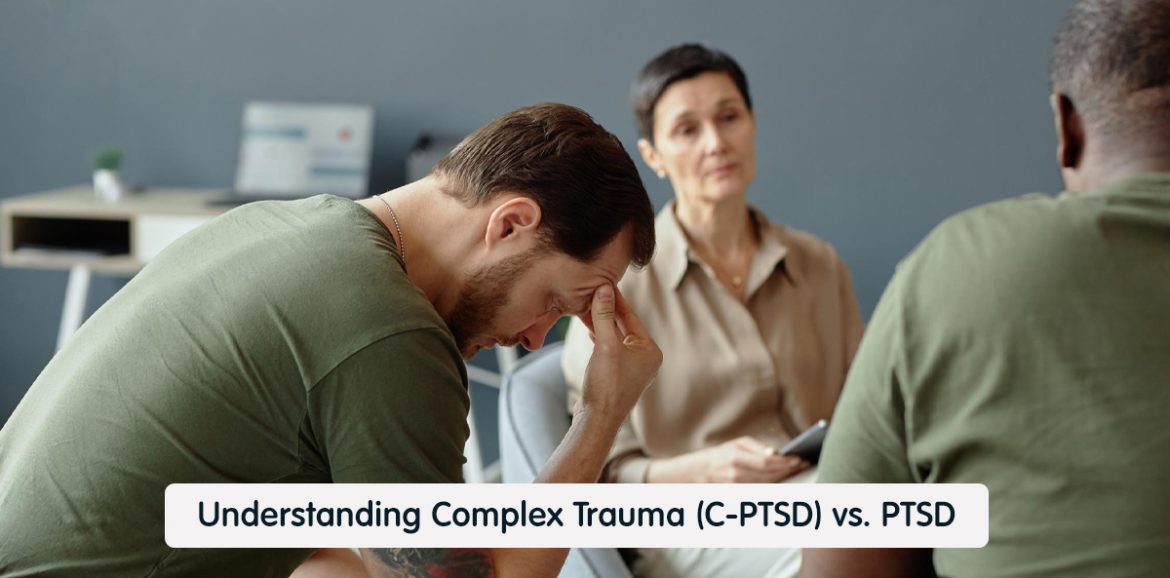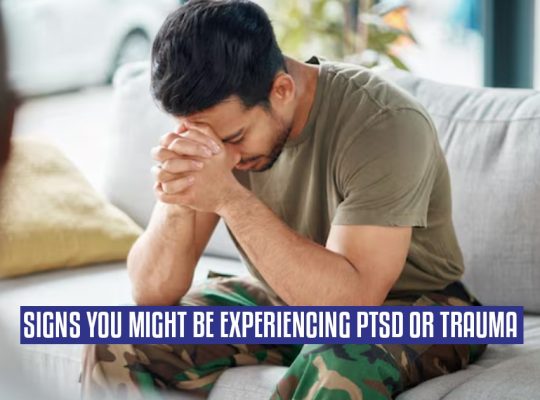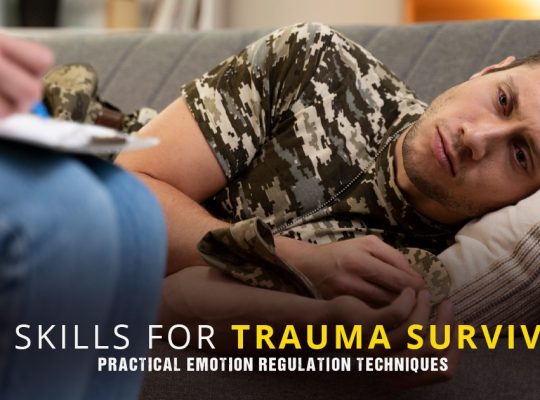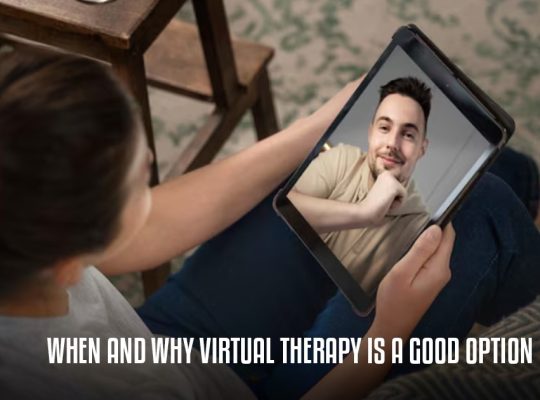Not all trauma looks the same. Some survivors carry a single event that altered the course of their lives—like a car crash, an assault, or a natural disaster. Others have been through trauma that’s long-term, layered, and built into the rhythms of daily life—such as childhood abuse, emotional neglect, or ongoing interpersonal violence. Both experiences can leave deep psychological wounds, but the impact and healing process can look very different.
That’s why understanding the difference between PTSD and C-PTSD (complex post-traumatic stress disorder) is so important. At Austin Trauma Therapy Center (ATTC), we work with individuals across this entire trauma spectrum. We know that naming your experience is often the first step in reclaiming your story.
What Is PTSD?
Post-Traumatic Stress Disorder (PTSD) can develop after a single traumatic event that threatens your safety or overwhelms your nervous system. This might include events like:
- A serious car accident
- Natural disasters
- Physical or sexual assault
- Combat or war exposure
People with PTSD often experience:
- Flashbacks or nightmares
- Avoidance of reminders of the event
- Hypervigilance or exaggerated startle response
- Emotional numbness or disconnection
It’s a survival response that didn’t shut off once the danger passed. The body stays “on alert,” even when the threat is no longer present.
What Is C-PTSD (Complex PTSD)?
C-PTSD can develop from chronic, repeated trauma, especially when the trauma occurred in early life or within relationships. These experiences may include:
- Childhood abuse or neglect
- Long-term domestic violence
- Human trafficking
- Systemic oppression or intergenerational trauma
While PTSD and C-PTSD share some symptoms, C-PTSD often includes added layers of emotional and relational distress, such as:
- Deep feelings of shame or guilt
- Difficulty trusting others or maintaining relationships
- Negative self-perception (“I’m broken” or “I don’t deserve love”)
- Dissociation or feeling disconnected from one’s body
- Ongoing emotional dysregulation or explosive anger
The CPTSD vs PTSD distinction matters because C-PTSD isn’t just about surviving one event—it’s about surviving systems, cycles, and environments that were unsafe over time.
Why Diagnosis Can Be Complicated
One of the reasons people struggle to get accurate help is that C-PTSD isn’t officially recognized as a separate diagnosis in the DSM-5 (used widely in the U.S.). It is, however, recognized by the World Health Organization in the ICD-11. Many clinicians—including our team at ATTC—recognize and treat C-PTSD as a valid and distinct form of trauma response.
Too often, survivors of complex trauma are misdiagnosed with borderline personality disorder, bipolar disorder, or treatment-resistant depression. While those conditions are real, mislabeling trauma as something else can delay real healing.
How ATTC Supports Trauma Recovery
At Austin Trauma Therapy Center, we specialize in trauma-informed care that honors the complexity of each client’s experience. Whether you’re dealing with PTSD or C-PTSD, our team meets you with compassion, curiosity, and culturally responsive approaches. We offer:
- EMDR to help the brain reprocess traumatic memories
- Cognitive-behavioral therapy (CBT) to challenge negative thought patterns
- Somatic and body-based practices to reconnect with safety in the body
- Narrative and parts work to help untangle internal conflicts
- Social justice-oriented therapy that validates experiences of systemic oppression
We also provide support for marginalized communities, including BIPOC, LGBTQIA+, and disabled folks. Our therapists are trained not only in trauma treatment but in healing-centered, socially conscious care.
Why Understanding Matters
Knowing the difference between PTSD and C-PTSD isn’t just about diagnosis—it’s about validation. Survivors of complex trauma often go years without understanding why they feel stuck, disconnected, or “too sensitive.” Being able to name what you’re going through brings relief, clarity, and direction for recovery.
Frequently Asked Questions
Q: Can someone have both PTSD and C-PTSD symptoms?
Yes. It’s possible to have overlapping symptoms, especially if you’ve experienced both single-event trauma and long-term abuse.
Q: Is C-PTSD treatable?
Absolutely. While healing takes time, people with C-PTSD can experience major improvements in emotional regulation, relationships, and self-worth.
Q: Will my insurance cover C-PTSD treatment even if it’s not in the DSM?
Yes. Most insurance plans cover therapy under general trauma or PTSD diagnoses. ATTC also offers sliding scale options.
Final Thoughts
Trauma recovery isn’t about comparing wounds—it’s about understanding your story and finding the care that fits. Whether you’re navigating classic PTSD symptoms or the deeper layers of C-PTSD, you deserve to be met with empathy and expertise.
At Austin Trauma Therapy Center, we see you. We believe you. And we’re here to help you heal at your own pace—with support that honors your whole self.







